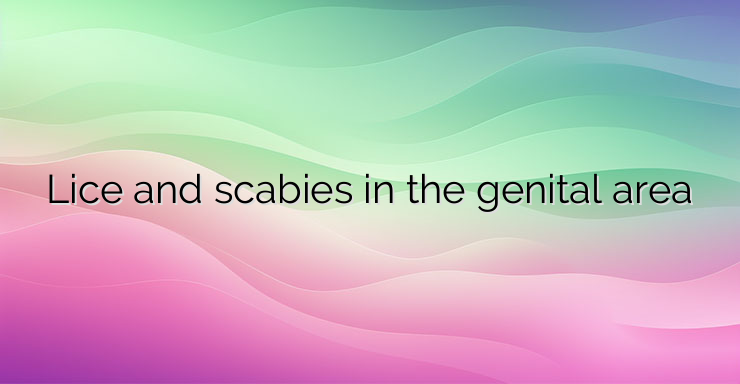The Nitty-Gritty on Genital Lice
Genital lice, also known as phthiriasis, are caused by a specific type of louse that differs from the ones found on the head and body. These parasites have a wide, flattened abdomen and measure between 1-2 mm. With three pairs of legs equipped with strong claws, they firmly attach themselves to the hair. It’s tough to spot them due to their color blending with the skin.
How Genital Lice Spread
Transmission usually occurs through intimate contact, although it’s not limited to sexual intercourse. Lice can survive outside their host for up to 24 hours, making transmission possible through shared towels, clothes, car seats, public bathrooms, and toilets.
Symptoms and Effects
The primary symptom of genital lice is itching, particularly intense at night. Continuous scratching can lead to skin injuries and bacterial infections. During a bite, the louse’s saliva enters the skin, causing a chemical reaction that results in round, blue (hemorrhagic) spots on the abdomen and thighs. These spots are crucial for diagnosis.
Beyond the Genital Area
In more prolonged cases or individuals with more body hair, lice may spread beyond the genital area to the abdomen, chest, beard, armpits, eyebrows, and eyelids.
Treatment
The fastest and most effective treatment involves shaving the hair in the genital area and using special preparations to destroy both the lice and their nits. Treatment is also necessary for sexual partners. Additionally, a second treatment after a week is recommended to ensure any missed nits are eradicated.
If shaving isn’t an option, remaining nits should be removed after treatment using hot vinegar and combing.
Understanding Scabies: Symptoms, Causes, and Treatment
The Basics of Scabies
Scabies is a contagious parasitic disease caused by the Sarcoptes scabiei mite. These mites have a hemispherical shape with four legs, including suction cups on the first two pairs.
How Scabies Spreads
Scabies is commonly associated with poor hygiene and living conditions. It spreads through close physical contact, especially during sexual activity, and can also be transmitted through shared bedding.
Symptoms and Effects
Itching is the primary symptom of scabies, particularly intense at night. The skin develops a rash consisting of small red to grayish stripes, which are the tunnels created by the mites. These tunnels often have a bump at one end, where the female mite is located.
Diagnosis and Treatment
Diagnosis is typically based on the history of itching and several tests. Treatment involves applying a specially prepared solution to the entire skin for two days, followed by a bath on the third day. All family members should undergo treatment, regardless of symptoms. Linens and clothing should be washed and treated to prevent reinfestation.


Leave a Reply